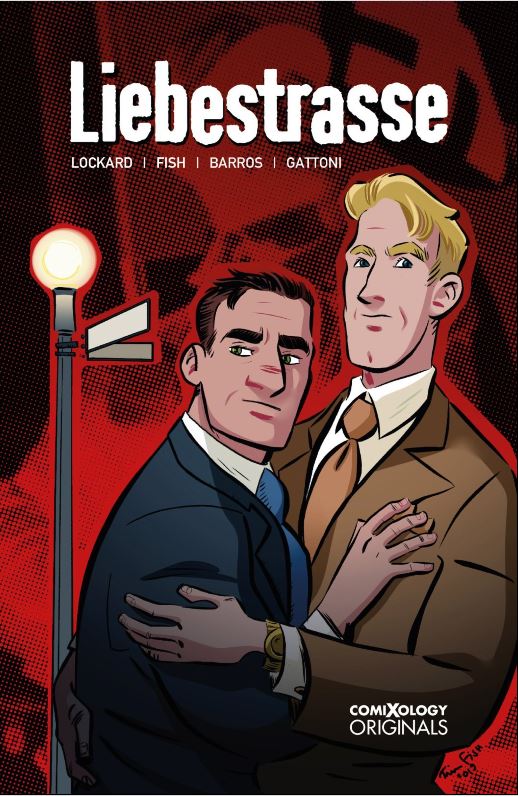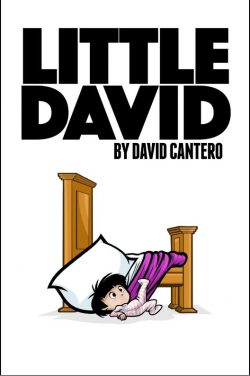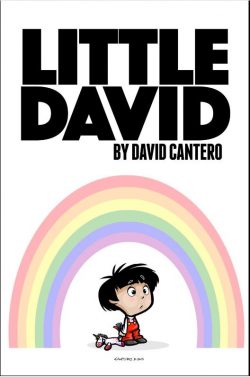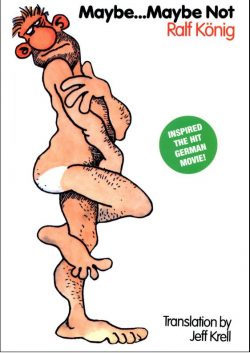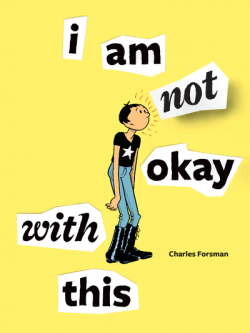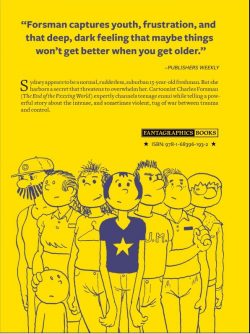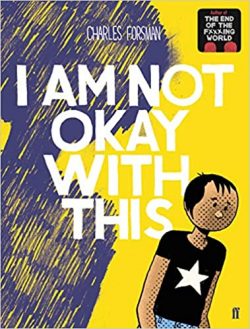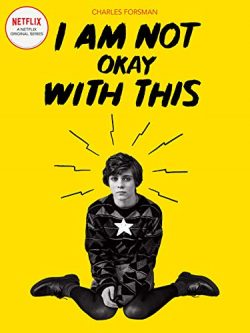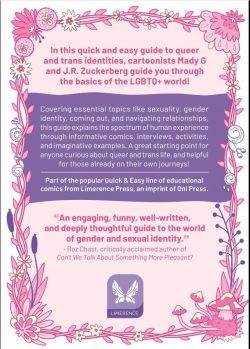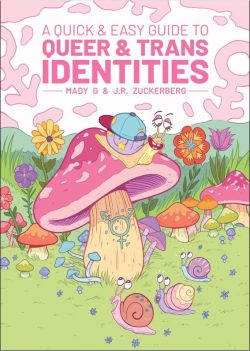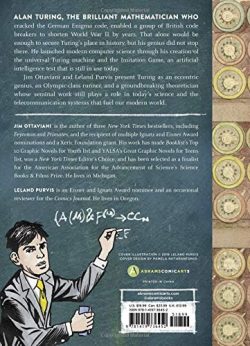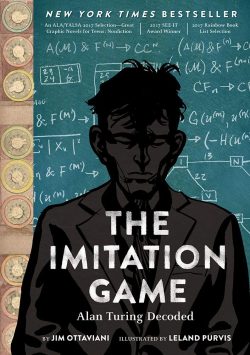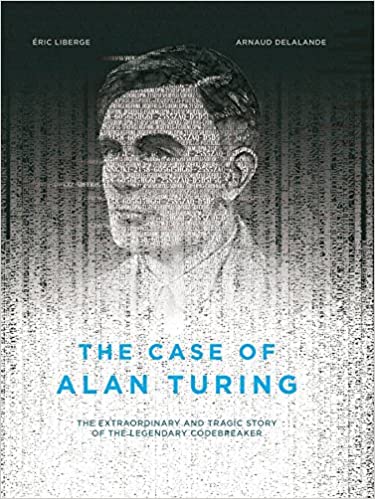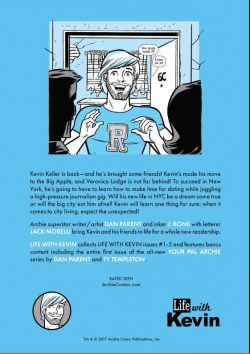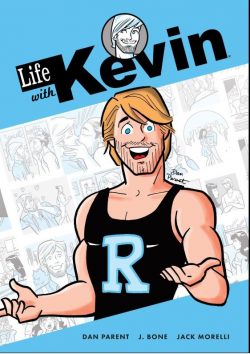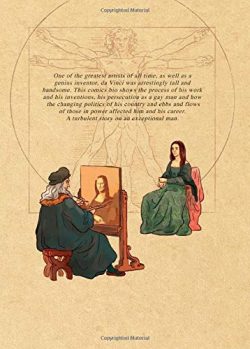

By Marwan Kahil & Ariel Vittori, translated by Montana Kane (NBM)
ISBN: 978-1-68112-259-5 (HB) eISBN: 978-1-68112-260-1
Some people are simply so famous that everybody thinks they already know all about them. That’s what makes biographies like this one such a tricky proposition. As always, talent will tell and the narrative gifts of writer Marwan Kahil and illustrator Ariel Vittori are more than sufficient to breathe fresh life into a much-told tale of one of the most accomplished men in world history…
Kahil (A. Einstein – the Poetry of Real) studied at the École Spéciale d’Architecture in Paris and Simon Boudvin’s prestigious Graphic Art Workshops before deciding to split his time and efforts between comics and film and theatre. Rome-based Ariel Vittori (Quelques pincées de désir) is an artist and designer who numbers Disney, Campari and Monadori amongst her satisfied clients, although her true calling is narrative illustration. She is co-founder and President of Attacapanni Press: an independent publisher matching rising stars with seasoned comics veterans…
Available in English in both sturdy hardback and assorted digital formats, Leonardo da Vinci: The Renaissance of the World opens with a querulous preface from Kahil before the Maestro’s eventful life begins to unfold in glorious colour as the elder reminisces in Rome 1515 anno domini…
It begins with ‘Chapter 1: A Young Man Unlike Any Other’ in April 1452 at the hamlet of Anchiano (near Vinci) with the welcoming of a very observant baby to loving extended family. Time passes and a doting grandfather passes, leaving the special child apprenticed to a painter in Florence…
The present interrupts as the elderly Leonardo falls foul of the Roman clergy and is forced to flee to France…
‘Chapter 2: The Most Handsome Man in Florence’ then follows the seemingly blessed teenager as he excels and overtakes his mentor Andrea del Verrocchio, roistering his way through Florence and making many friends and far more enemies as he courts rich, powerful and essentially dangerous patrons. Throughout it all he is driven by his unconventional romantic drive and fanatical compulsion to see more and understand everything…
In ‘Chapter 3: The Sforza’s Man’ the itinerant ideas man reaches Milan and works for the powerful duke, even as his older self in 1515 must deal with the so-different responses of his two apprentices Salaì and Francesco to their impending arrest and excommunication…
The sage concludes as the great man finally achieves a measure of peace and security under the patronage of lifelong admirer Francis I, allowing Leonardo to end his days in ‘Chapter 4: In the Service of the King of France’…
Although many scenes and snippets are taken from non-chronological key moments, the overall effect reveals a life both frustrating and often dangerous, but lived very much on the scholar’s own terms and with few regrets. The tale is also liberally dosed with revelatory secrets on the creation of the Masters greatest artworks and scientific discoveries, adding a degree of enthralling vitality to proceedings.
This beguiling dramatized biography is splendidly augmented by educational extras, such as with ‘Leonardo da Vinci – Works’: a commentary on many of his creations, supplemented by a crucial illustrated menu of ‘Principal Players’, a fulsome list of further reading in ‘More on Leonardo’ and a copious illustrated collection of ‘Quotes of Leonardo da Vinci’.
Seen here is a visual delight celebrating a unique mind and personality, and one you should reacquaint yourself with as soon as you can.
© 2017 Blue Lotus Prod. © 2019 NBM for the English translation.
For more information and other great reads go to NBMpub.com

